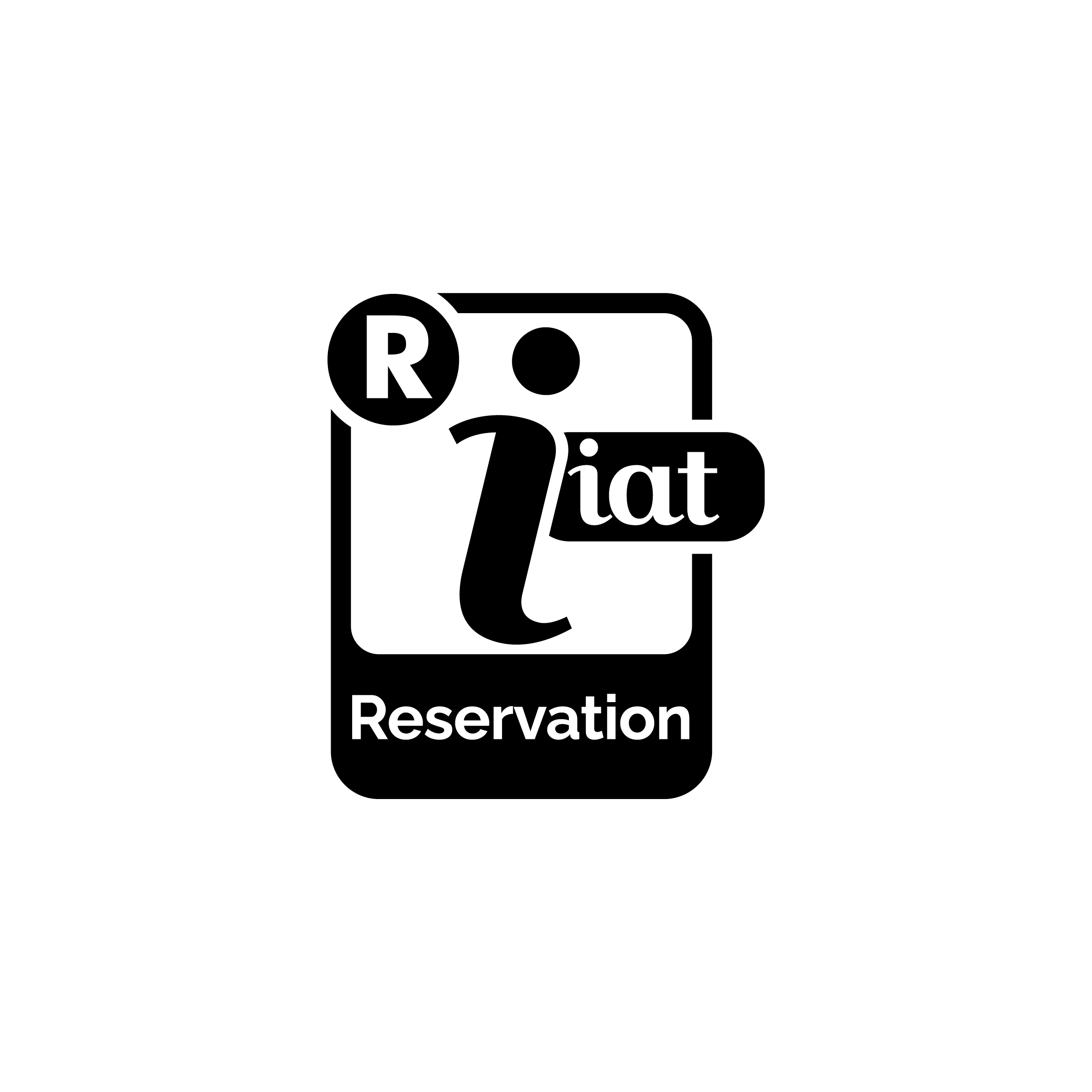Town guided tours - Places of performance, entertainment and culture
Information
42121 Reggio Emilia
Route in the town centre
Route characteristics
Route in the town centre along: Piazza Cesare Battisti (Piazza del Monte), Piazza Martiri 7 Luglio, Piazza della Vittoria, Corso Cairoli, Via L. Spallanzani, Via Dante Alighieri.
Route description
From Piazza del Monte we turn into Via Crispi, on the right hand western side of the street, you will find Palazzo Bussetti and further on Casa Scaruffi with its double vaulted arcade, pensile capital and a sculptured head. In the seventeenth century two of Clemente’s famous sculptures stood in two niches of the facade, which are now bricked up. Today the sculptures can be seen on the facade of the Ducal Palace in Modena. At the end of the road we come to the wide Piazza Martiri del 7 Luglio square, dominated by the impressive Romolo Valli Municipal Theatre on the opposite side. To the right you can see the antique style building of the Bank of Italy, built in 1929 after the old Chiesa di San Giacomo (Church of Saint James) was demolished, to the left the impressive Isolato San Rocco (Saint Rocco Block), built in 1953-54, an example of urban planning and the eagerness to rebuilt after the war. In fact, to build the block, the old Trinity arcades, which were built in 1542 and completed in 1817 by Domenico Marchelli and the Church of Saint Rocco overlooking the road of the same name, were demolished.
To the left of the Municipal theatre you can find the Public Gardens, the main green zone of the city’s historical centre, created in the second half of the nineteenth century in the area of the Ancient Citadel (after the Palazzo di Cittadella and the Church of Saint Nazario were demolished). The “Antico Foro Boario” (commonly known as the ex Zucchi barracks as it was last used as military barracks) overlooks the Public Gardens. The building is now a branch of the University of Modena and Reggio Emilia and is used to hold lessons. The building was built in the area of the eighteenth century monastery of Saint Clara between the years 1845 and 1853 by the architect Pietro Marchelli to house the city’s “Foro Boario”. The second Theatre of the city, the Ariosto Theatre, also stands on Viale Allegri: built in 1740 according to a project by Antonio Cugini and then renovated in 1839 by Pietro Marchelli who opened the arcade on the main facade. After a fire, which destroyed the interior, various work was carried out on the Theatre, the last of which in 1927, by the architect Guido Tirelli (on this occasion the painter Anselmo Govi painted the dome and the curtain).
In Corso Cairoli you can find the bizarre building in Gothic-Renaissance style which is the home of the Parmeggiani Gallery, built by Luigi Parmeggiani in 1934, characterized by a singular gold plated spire which is a familiar silhouette on the city’s skyline. Returning to the wide Piazza della Vittoria (Victory square), you will note the impressive First World War Memorial, a work by Alberto Bazzoni (1927) from Parma, while on the opposite side of the square from the Ariosto Theatre, to the left of the Municipal Theatre, you can see the Monument to the Resistance, a work done by Romeo Brioschi (1958) from Milan.
To the east the Hall of the Municipal Museums closes the square. Formerly Palazzo dell’Imperatore (The Emperor’s Palace), the building was then transformed into a convent, part of the nearby chiesa di San Francesco (church of Saint Francis).
Following the path of Via Secchi, the city’s cultural centre (from the Theatres and Museums the road takes us to the Exhibition Hall of the Antico Convento di San Domenico (Ancient Convent of Saint Domenico), one hundred metres from the railway station). We cross Via Roma, leaving the chiesa di San Zenone (church of Saint Zeno) to our left and the sixteenth century palazzo Fontanelli to our right, originally decorated with a spectacular sandstone portal, attributed to Bartolomeo Spani, now in the Municipal Museums. A deviation to the right in Via Roma will bring us to number 11 and the unusual facade of Palazzo Cassoli, with floral motif relief work, probably realised in the last decade of the seventeenth century.
Returning to Via Dante, at the crossroads with Via Mari, make sure you see the Palazzo da Mosto, a fifteenth century building that can be traced back to the architectural style of the architect Biagio Rossetti from Ferrara): the cornice is important and you can still see the interesting male heads in terracotta. From Via Mari it is possible to reach the building complex of the ancient Corpus Domini convent, for many years used as a jail and currently used to house the State Archives. Facing Via Mari you can see, the stone sculpture of a Madonna from the fifteenth century in a wall, while terracotta decorations embellish the city walls (the tiles with the figures of saints are from the twentieth-century).
The route ends with a visit to the church of Saint Domenico and to the area of the convent (which can be reached from Via Dante) now used for cultural activities.





